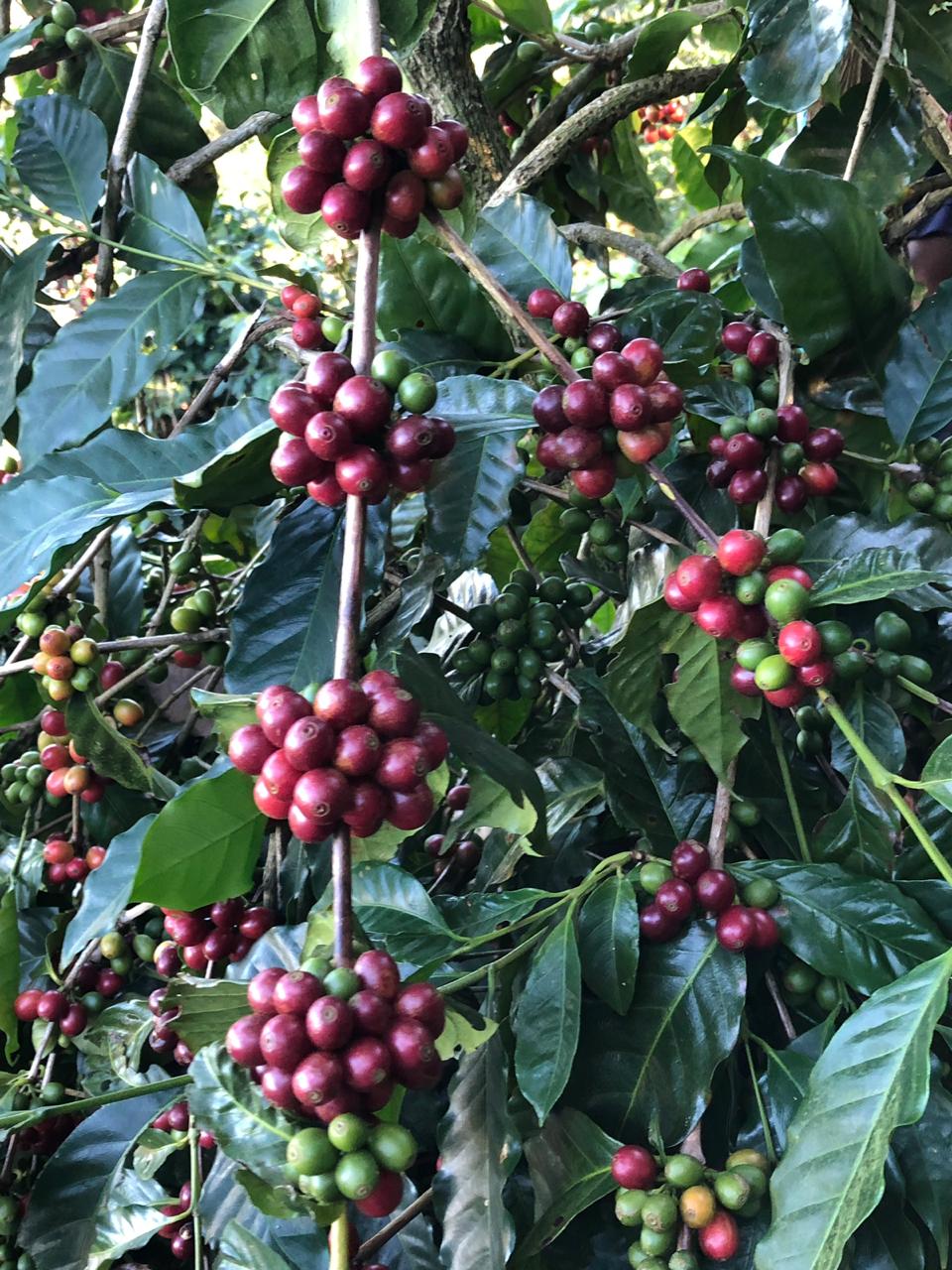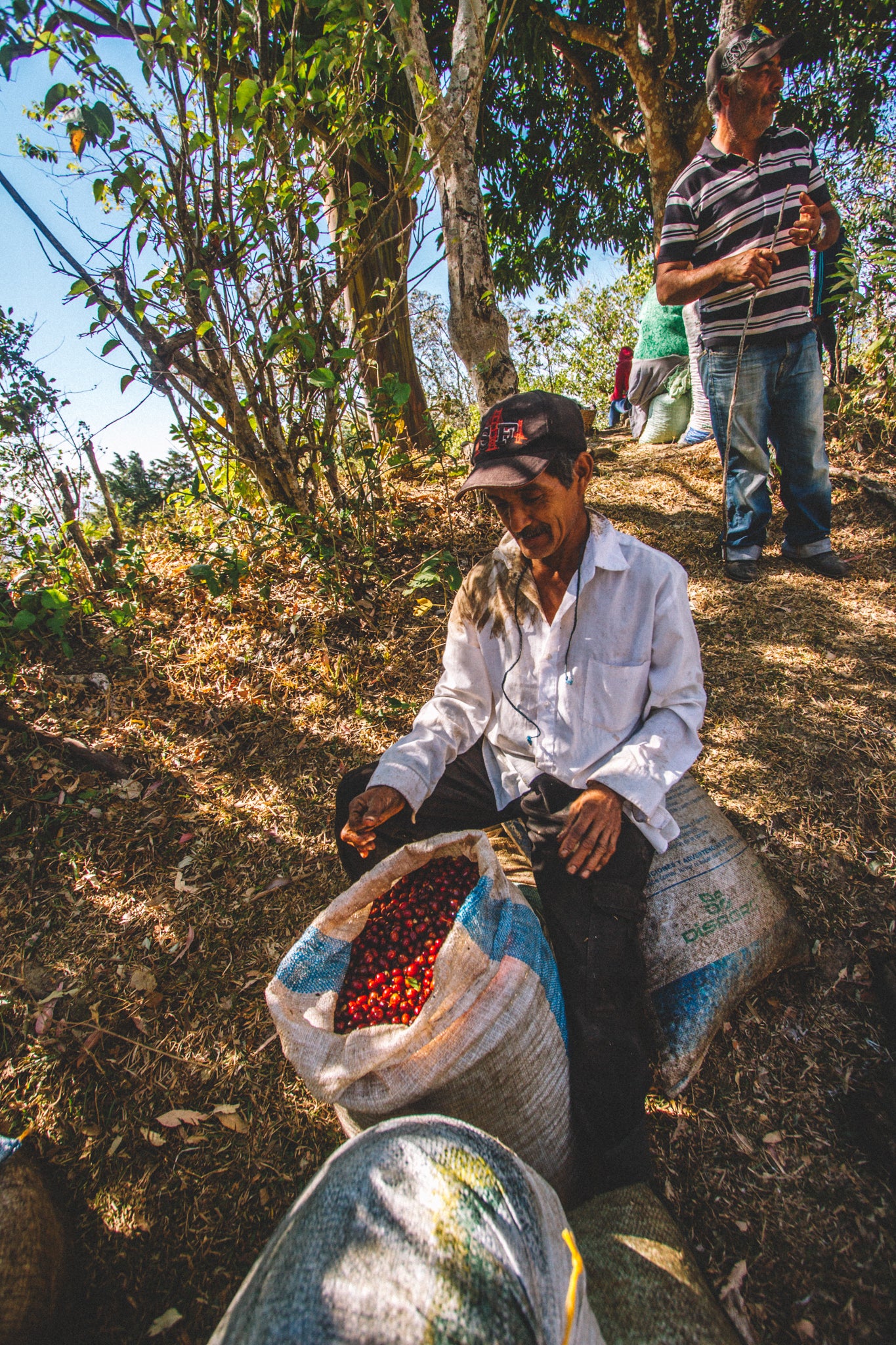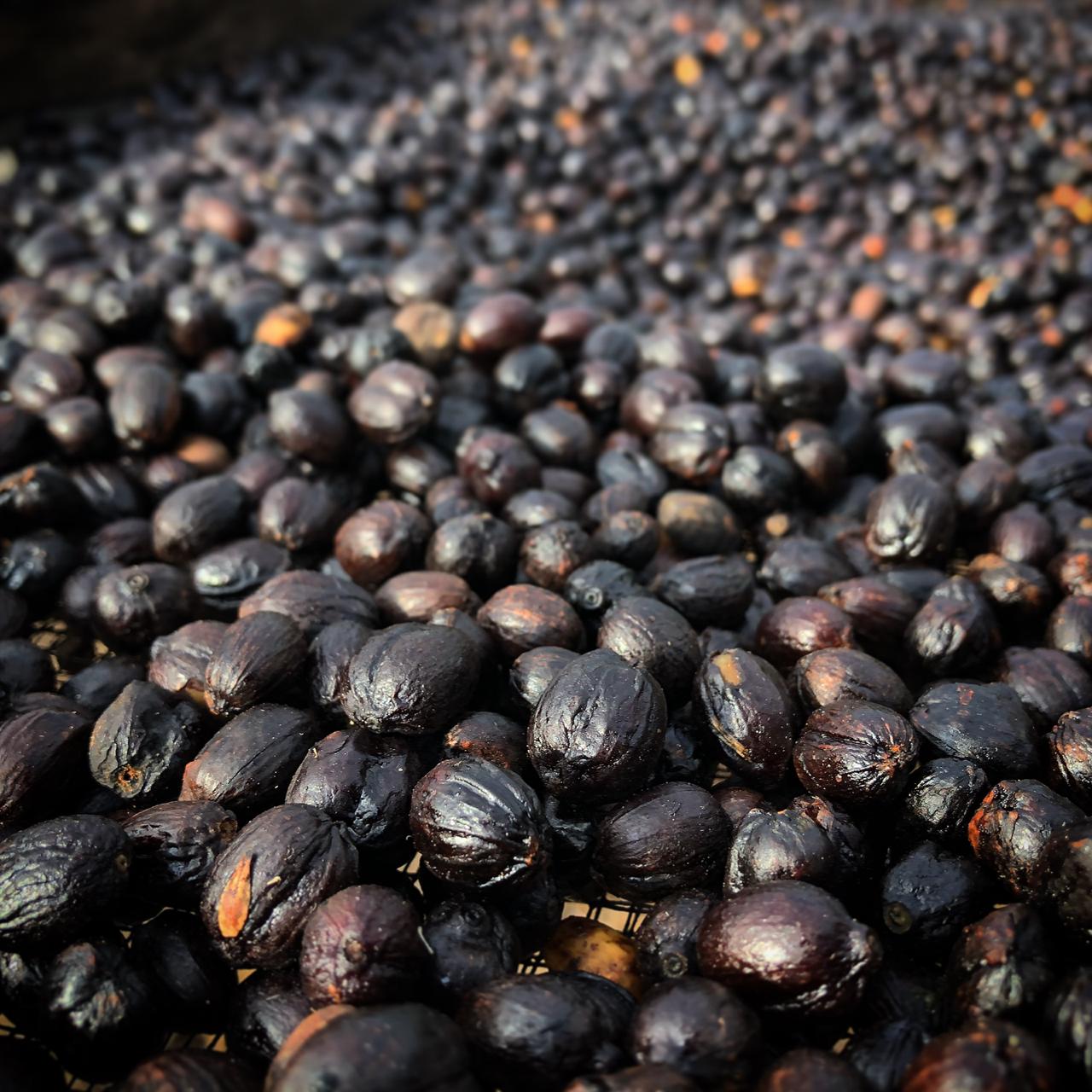The Farming Process of KIARA: From Coffee Cherry to Drink
KIARA, the dried husk of coffee cherries, is a byproduct of coffee production that has been enjoyed for a thousand year as an infusion. The journey of KIARA begins in the coffee farms, where careful cultivation and processing ensure that the fruit is harvested and dried to perfection. Here’s a look at the steps involved:

Cultivation and Growth
Coffee Tree Cultivation: The process begins with the cultivation of coffee trees, typically grown in tropical regions with rich, well-drained soil. Farmers care for these trees throughout the year, ensuring they receive the right amount of water, sunlight, and nutrients.

Hand-Picking the Coffee Cherries
Selective Harvesting: When the coffee cherries ripen, turning a vibrant red or deep purple, they are ready for harvesting. Skilled workers hand-pick the cherries to ensure only the ripest fruit is selected. This manual process is crucial because it guarantees that the cherries used for cascara are of the highest quality.

Sorting and Cleaning
Removing Imperfections: After harvesting, the cherries are sorted to remove any damaged or underripe fruit. The cherries are then cleaned to remove any dirt or debris, ensuring that only the best cherries move forward in the process.

Drying the Coffee Cherries
Sun-Drying: The cleaned cherries are spread out in thin layers on large drying beds or patios. The cherries are dried naturally under the sun, a process that can take several days to weeks depending on the climate. During drying, the cherries are regularly turned to ensure even drying and to prevent mold growth.
Mechanical Drying (Optional): In regions with high humidity or during rainy seasons, mechanical dryers may be used to speed up the drying process. These dryers carefully control the temperature to avoid over-drying or damaging the cherries.

De-Husking the Cherries
Removing the Husk: Once the cherries are fully dried, they go through a de-husking process. This involves removing the outer husk from the seeds (coffee beans). The husk is then separated and collected for further processing.

Further Drying and Sorting
Final Drying: The separated husk is often dried a bit more to ensure it has the right moisture content for storage and brewing. It is then sorted again to remove any remaining impurities or inconsistencies.

Packaging and Storage
Sealing in Freshness: The dried husk is carefully packaged to preserve its flavor and aroma. It is stored in a cool, dry place until it’s ready to be sold and brewed into cascara tea.
